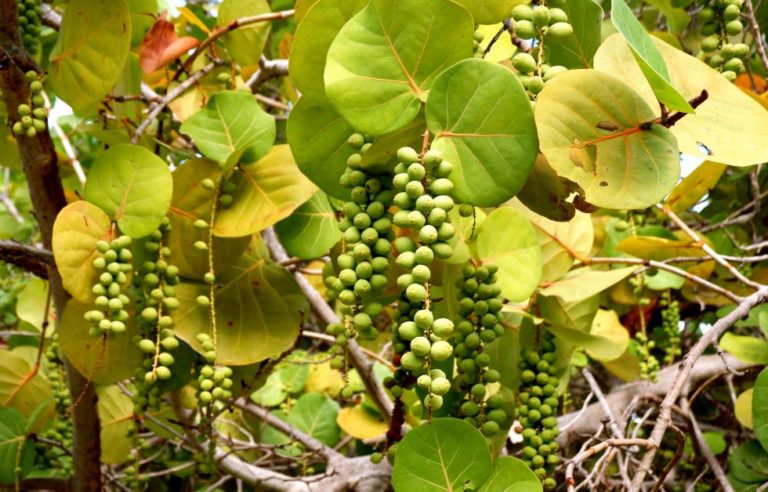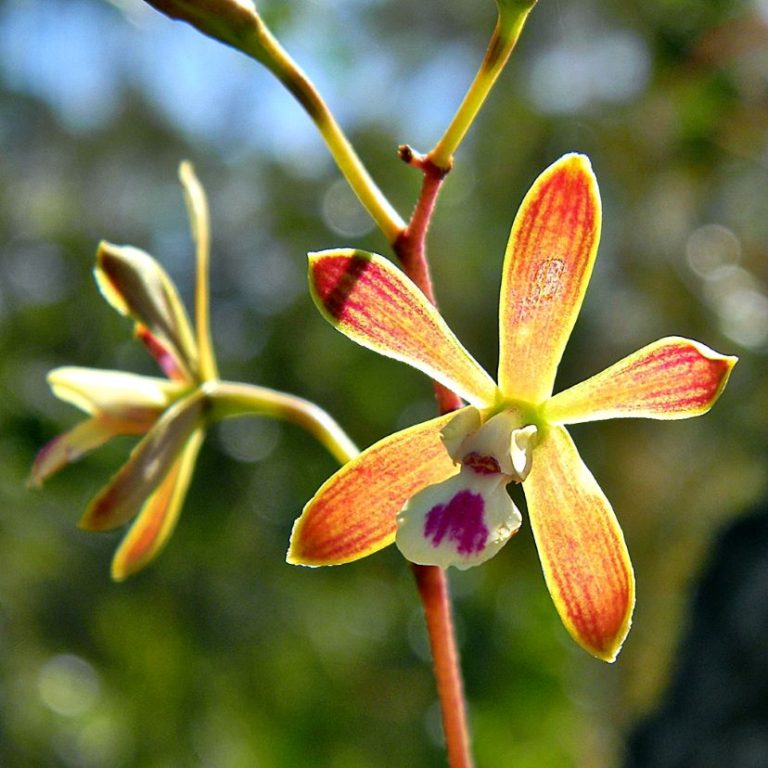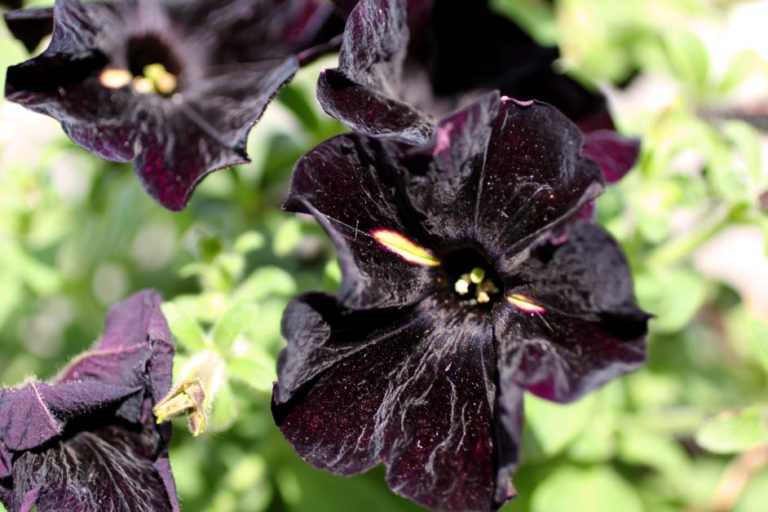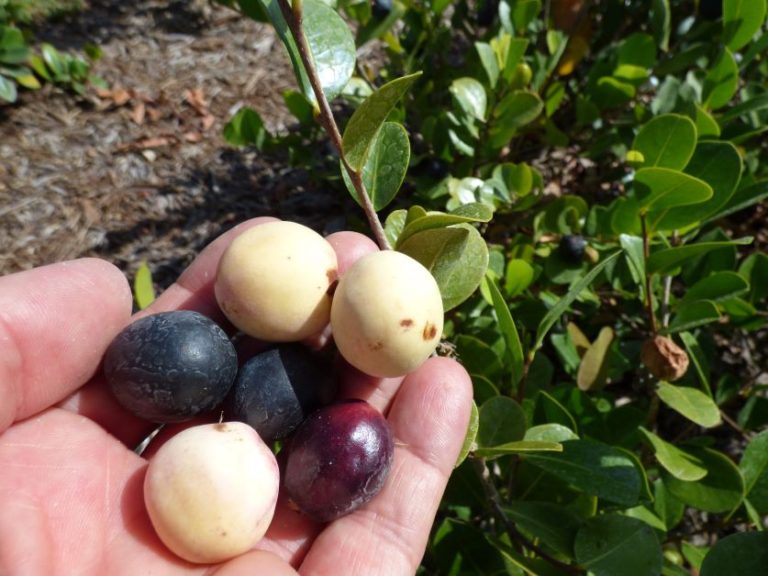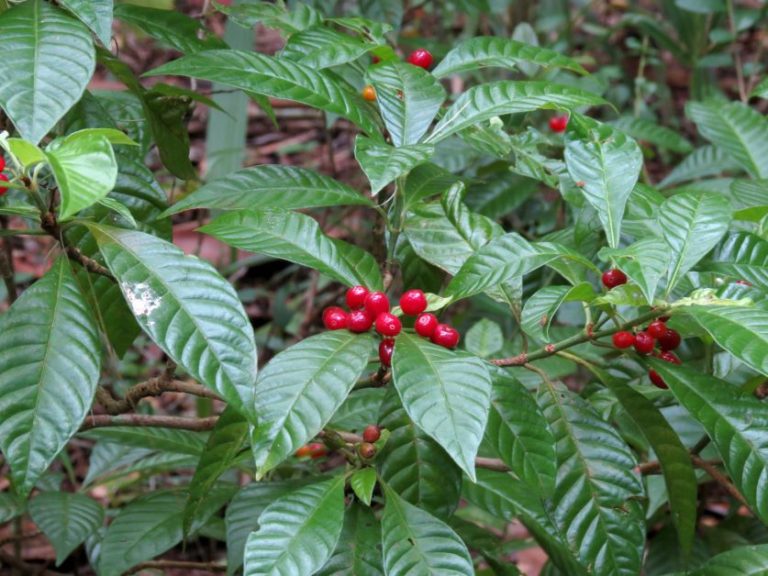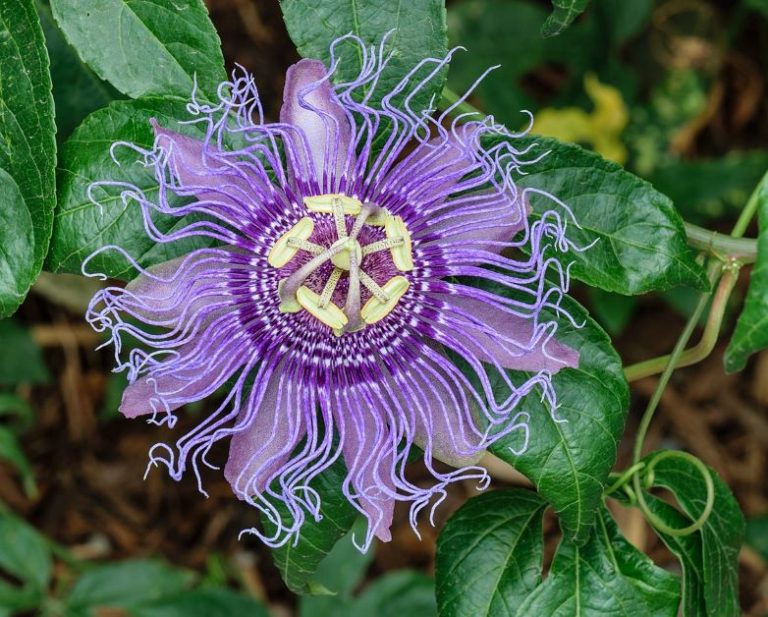12 Florida Flowers to Grow in Shade
I may be an urban gardener, but I’m lucky enough to have a good-sized lot. I also happen to have the biggest live oak tree in the neighborhood in my backyard. I love that tree, but it does make gardening tricky due to the shade it casts. It took me a little while, but through trial and error (and a string of dead plants), I’ve compiled this list of 12 Florida flowers to grow in shade.
Azalea (Rhododendron spp.)
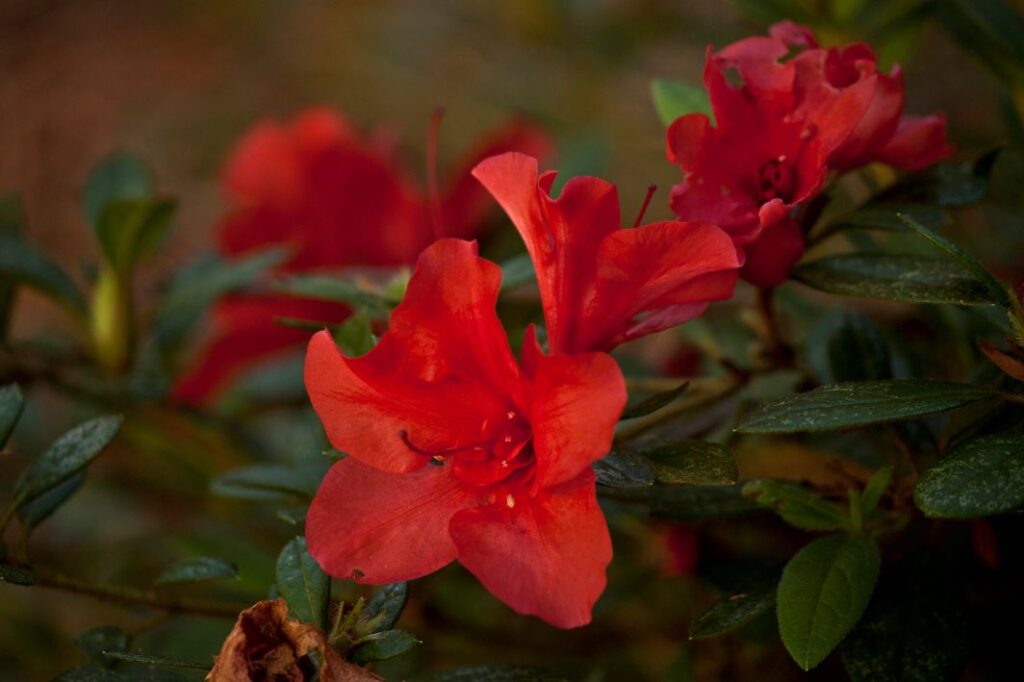
Azaleas come in a variety of colors, so if you’re looking for a red flower to grow in shade, Azalea is an excellent choice. You can also find azaleas in white, orange, pink, and light purple. Azalea is a flowering shrub that comes in an array of sizes from 2 to 20 feet tall.
While it thrives across the state, azalea also landed on our list of 20 plants in Florida poisonous to dogs and cats, so be sure to keep it away from your pets.
Gardenia (Gardenia jasminoides)

As a member of the Rubiaceae family, gardenia is a relative to the Florida native wild coffee (another beautiful shade plant). This evergreen shrub can grow from 3 to 50 feet tall and produces white or yellow flowers that are famous for their exquisite scent.
Gardenia benefits from shade when it’s grown in extremely hot climates (such as central and south Florida). Although gardenia can be a picky plant, it thrives in heat and humidity, making it a good species for the Sunshine State.
Crinum Lily (Crinum asiaticum)
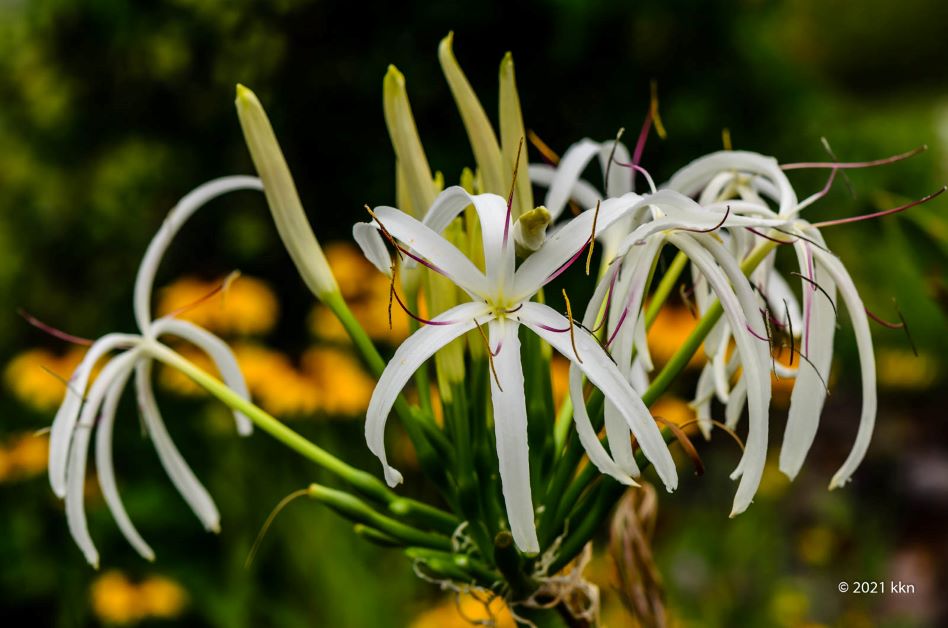
Crinum lilies (also known as swamp lilies) are one of the best plants that grow in shade and wet soil. Crinum lilies grow from a bulb and produce pups at their base. These perennial clumps can get to be 5 feet wide, so plant each crinum lily at least 5 feet apart to keep your shade garden looking tidy.
You may also want to know that once a crinum lily clump is established, it’s hard to get rid of. If you leave behind any little piece of bulb when you’re digging the plant up, it will grow into another lily clump. As long as you keep this in mind, this unique-looking flower can make an awesome addition to parts of your yard that are too dark and moist for much else.
Anise hyssop (Agastache foeniculum)
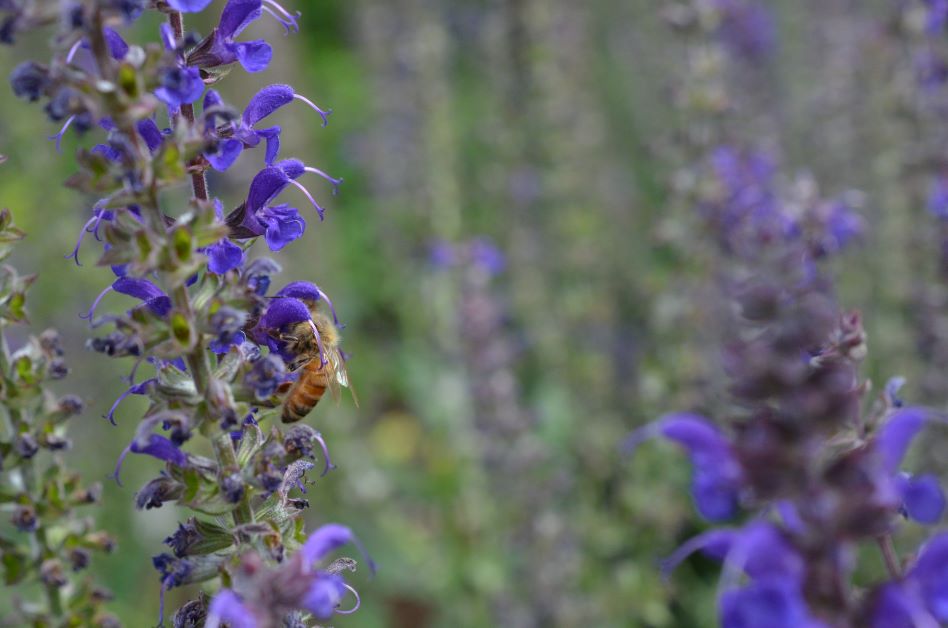
As a member of the mint family, anise hyssop is a vigorously spreading shade flower that is great for filling up large spaces like meadows. Anise hyssop’s USDA growing zones are 4 through 8, so it’s better suited for those who live in north Florida.
Anise hyssop grows underground via rhizomes and also self-seeds. If you’re looking for flowers that grow in shade and pots, consider anise hyssop – growing this species in pots helps keep it contained. Pollinators love anise hysopp’s delicate blue flowers, so include it in your garden to attract the native bees of Florida.
Tea Olive (Osmanthus fragrans)
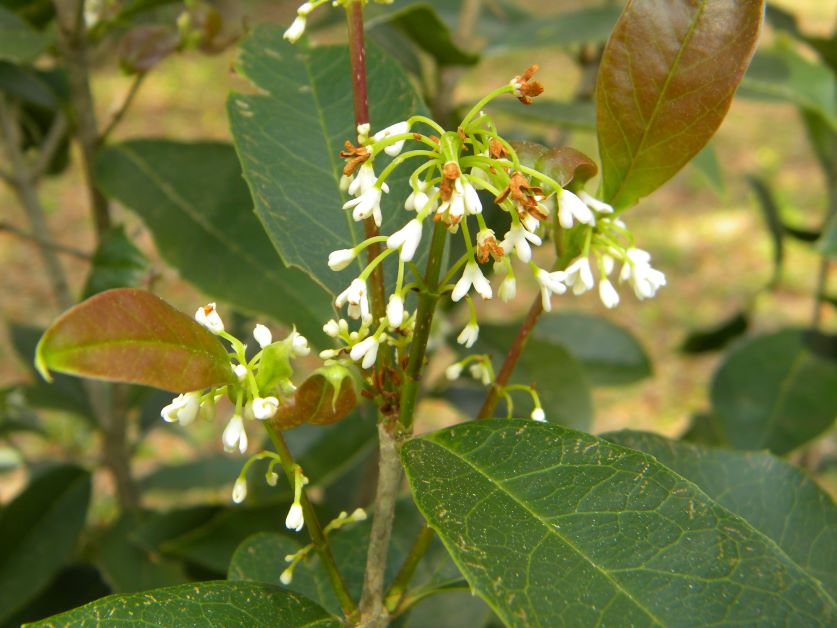
Tea olive is an evergreen shrub that thrives in part shade. Depending on the cultivar and your pruning method, you can grow tea olive as a small bush, a border hedge, or as a tree reaching a maximum height of 30 feet.
Due to its waxy, dark green leaves, tea olive is sometimes confused with holly. So much so, in fact, that tea olive is sometimes referred to as “false holly.” Tea olive is probably known best for its strongly scented, sweet-smelling flowers.
Nun’s Hood Orchid (Phaius tancarvilleae)
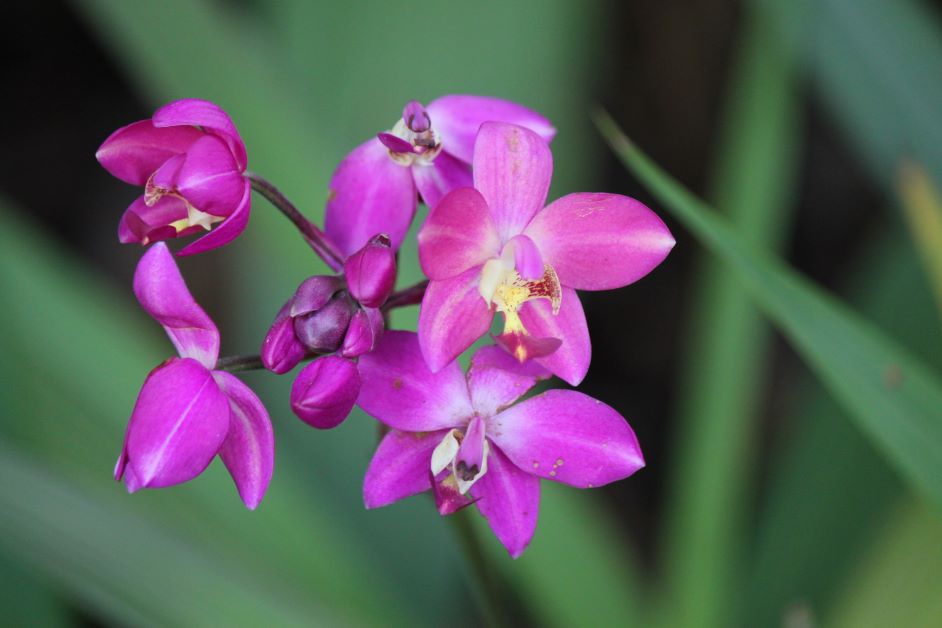
Although not a Florida native orchid, nun’s hood orchid is an easy addition to a Florida shade garden. However, nuns hood orchid starts to suffer in temperatures below 40°F, so gardeners in north Florida will have to grow their nun’s orchid in a pot so they can bring it indoors during fall and winter.
Nuns hood orchid does best in part shade and under ideal conditions, it will flower in winter and early spring. Orchids can be finicky about their soil, so most people grow their orchids in containers filled with orchid-specific potting mix.
Ground Orchid (Spathoglottis plicata)
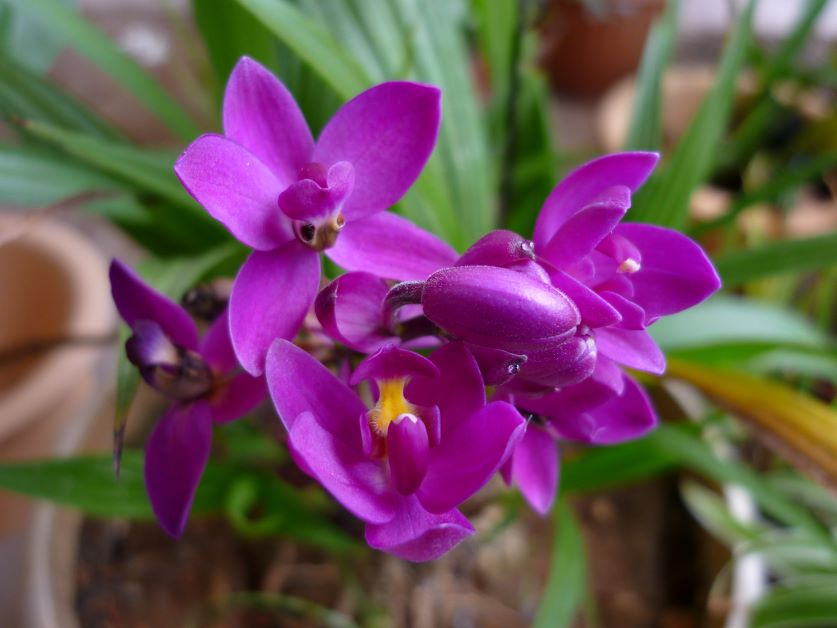
If you’re new to orchids, you may want to start with the ground orchid species. Generally, orchids can be hard to grow, but ground orchids are the exception. You can also grow ground orchids in the ground, unlike some other types.
Plant your ground orchid in well-draining, sandy, fertile soil and in part to full shade. In many parts of the world, ground orchids are full sun plants. Growing ground orchids in Florida, however, means tons of extreme sunlight and high temperatures. That said, ground orchids in the Sunshine State do best in shade.
False Bird of Paradise (Heliconia rostrata)
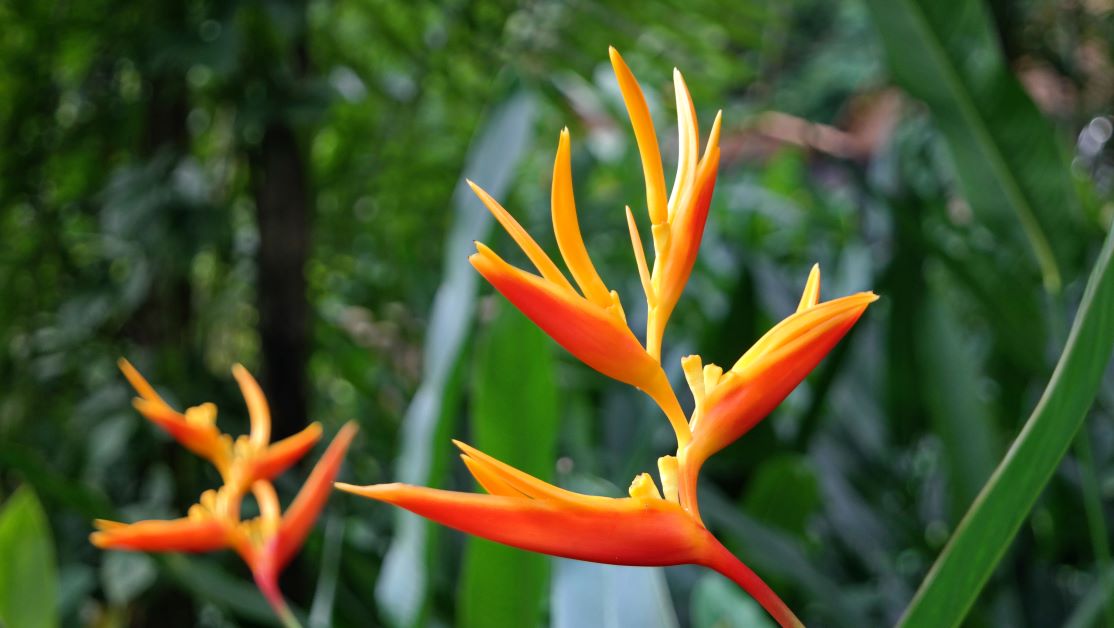
Bird of paradise is a stunning addition to any Florida garden…as long as you can afford it. A healthy and established bird of paradise plant can cost more than $100 from a local nursery. A false bird of paradise is just as breathtaking, but usually only cost between $25 and $30. Also known as the lobster claw plant, the false bird of paradise is a tropical houseplant that grows indoors as well as outdoors.
The false bird of paradise is only 1 of almost 200 species of Heliconia, and some species can reach more than 20 feet tall. Lower central and south Florida is warm enough to grow false bird of paradise outdoors. Those in upper central and north Florida will want to keep false bird of paradise in a pot and grow it indoors. While false bird of paradise grows in full sun, it also thrives in part shade (especially in climates that are very bright and hot).
Bleeding-heart Vine (Clerodendrum thomsoniae)
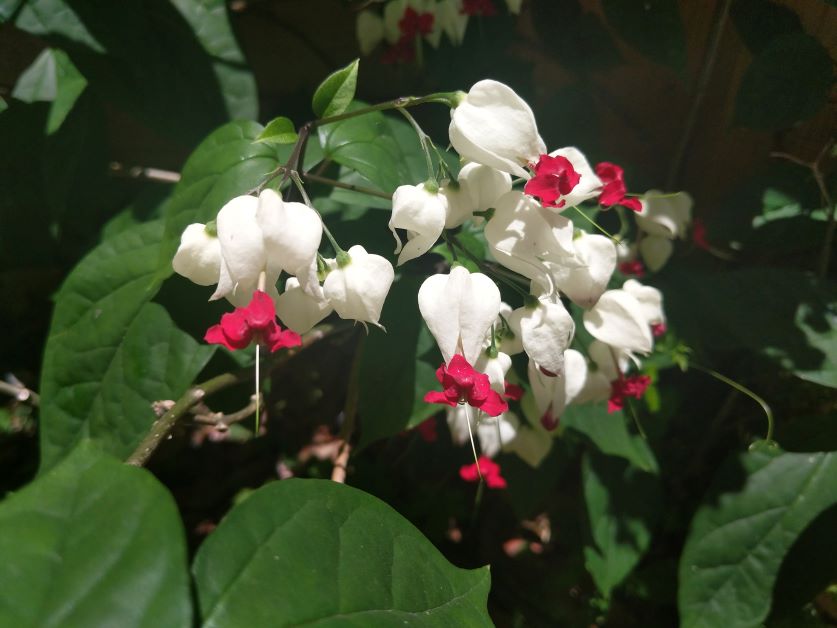
Bleeding-heart vine likes to climb, making it one of the best flowers to grow in shade under trees. Just one look at this flower and you can see why it’s called bleeding-heart. Bleeding-heart vine can grow 15 feet long, so plant it along shady fence lines or a trellis and train it to grow vertically to make a beautiful living wall.
Bleeding-heart vine is a subtropical plant that’s native to Africa, and it’s hardy in USDA zones 9 and above. This plant is frost-sensitive and suffers once the temperatures dip to the mid-40s. Bleeding-heart vine can be grown as a houseplant, so gardeners in north Florida may want to keep this one indoors during the coldest parts of the year.
Firebush (Hamelia patens)
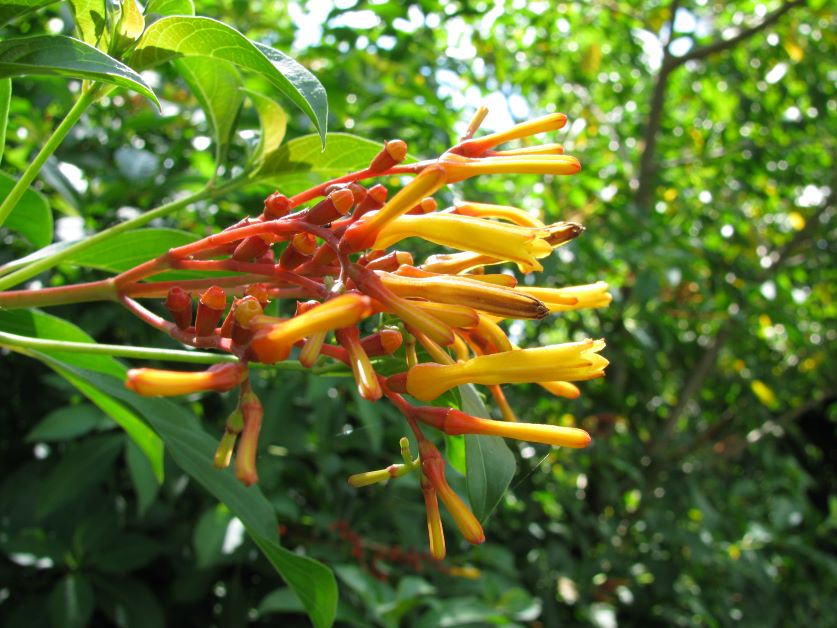
Firebush is an awesome Florida native plant for hummingbirds due to its red and orange, bell-shaped flowers. Although this plant is typically grown in full sun, it also does well in part shade. Florida firebush blooms all year round due to our warm weather, and it produces berries that birds, raccoons, possums, and other animals flock to eat. Firebush berries are edible for humans, too, although they’re not the tastiest. Some popular ways to use firebush berries include turning them into jam or jelly. You can also reduce them into syrup for drinks.
Like the Jamaican leaf of life, some cultures also use firebush medicinally. Some say that firebush leaves and berries can alleviate a host of ailments, including burns, wounds, rashes, bug bites and stings, fever, headaches, and intestinal parasites. Whether firebush is actually effective, I can’t say.
Cotton Rose (Hibiscus mutabilis)
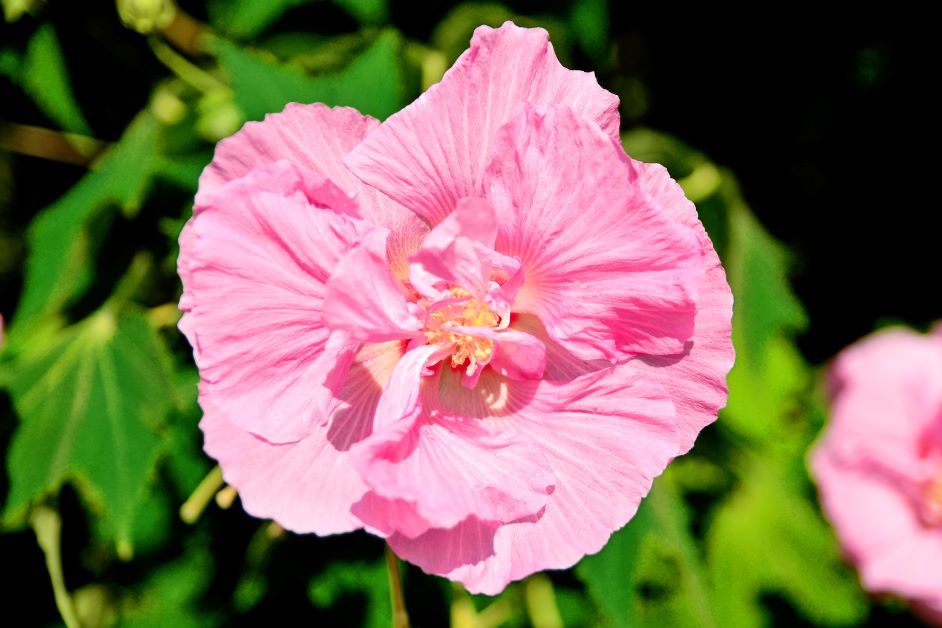
Cotton rose is one of the coolest Florida flowers to grow in shade because its 5-inch blooms open up white and fade to pink as they mature. This color-changing means that you can have multicolored blooms on the same plant, which isn’t something you see every day. This shrub likes warm weather, making it a southern staple. When grown in ideal conditions, this perennial can get up to 30 feet tall.
This China native isn’t really a rose. Rather, cotton rose is a hibiscus and a member of the Malvaceae family, making it a relative to okra. You can grow cotton rose in full sun or part shade. I wouldn’t recommend this one for full shade, however, because it does need some sunlight to produce blooms. Cotton rose is a good plant to keep where it can get some direct sunlight during the morning and shade in the afternoon.
Blue Ginger (Dichorisandra thrysiflora)
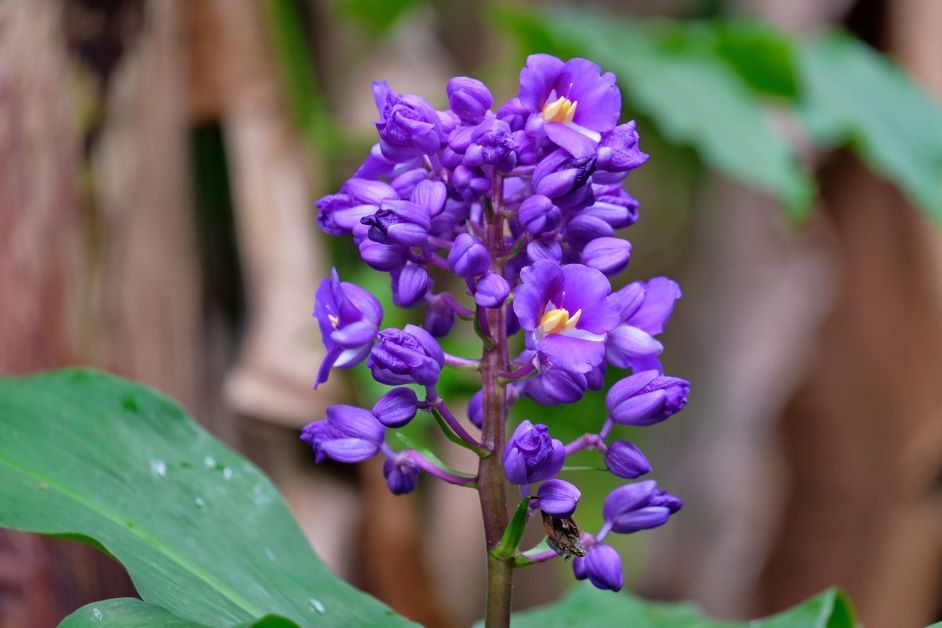
It may have ginger in its name, but blue ginger isn’t related to shampoo ginger. In fact, blue ginger isn’t really ginger at all. Instead, it’s a member of the spiderwort family, making it a relative to the purple queen plant.
Like the crinum lily, blue ginger grows as a clump. It’s also a plant that grows in shade and wet soil. For best results, plant it in a mass in your shade garden or along a shady border. Blue ginger grows via rhizome and does best in USDA zones 10 and above. Gardeners in central and north Florida should still be able to grow blue ginger, but it may die back during winter depending on how cold it gets.

